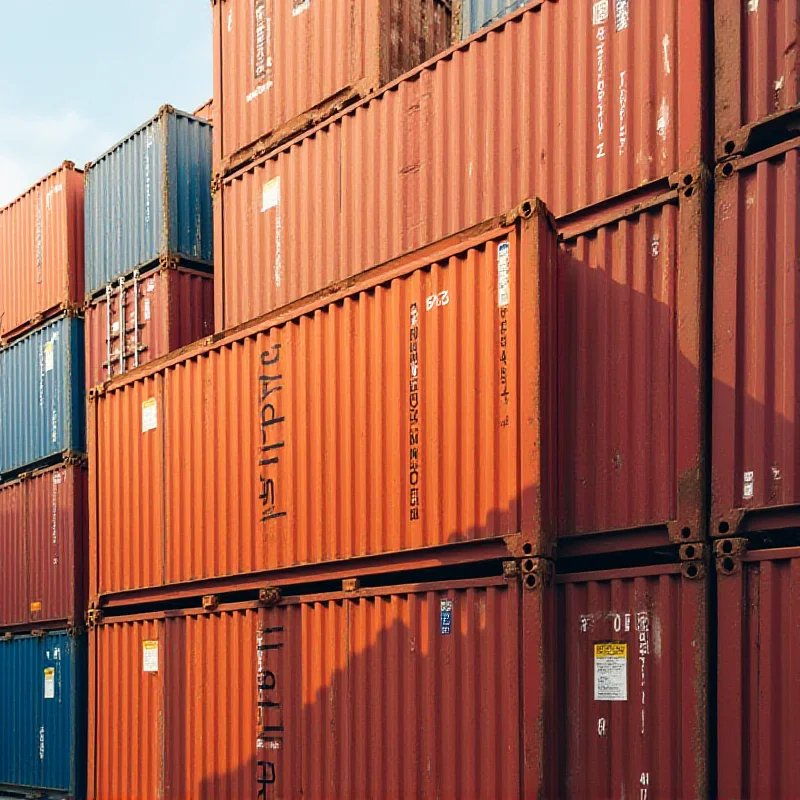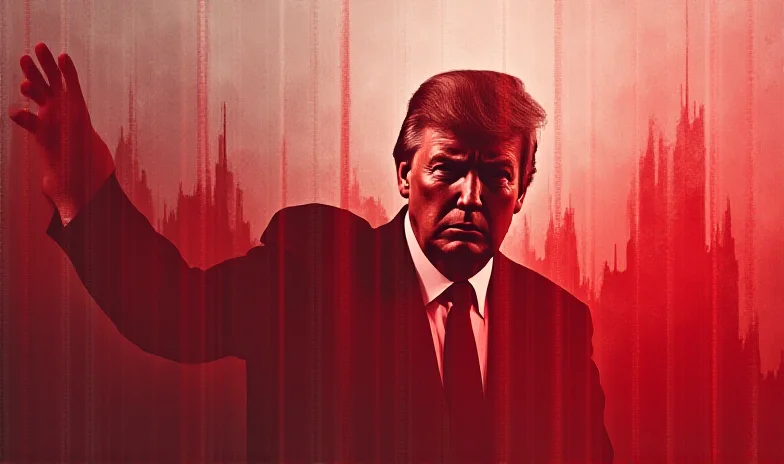The economic landscape remains a dynamic and often unpredictable terrain, especially in the wake of former President Donald Trump's policies. From tariffs to job growth, investors and everyday Americans alike are closely watching the shifting sands. How are Trump's past decisions continuing to shape the present economy?
The Market's Reaction to Trump-Era Policies
One of the most significant areas of concern revolves around tariffs. Remember when President Trump implemented a 25% tax on Mexican and Canadian goods, only to reverse course just days later? This abrupt U-turn highlights the volatility that characterized his administration and continues to reverberate through the market.  The Dow Jones Industrial Average, for example, experienced a sharp decline, dropping nearly 650 points amid worries that these tariffs would further slow the economy. This wasn't just about numbers; it reflected a deep-seated anxiety about the future of trade and economic growth.
The Dow Jones Industrial Average, for example, experienced a sharp decline, dropping nearly 650 points amid worries that these tariffs would further slow the economy. This wasn't just about numbers; it reflected a deep-seated anxiety about the future of trade and economic growth.
"The market is holding Trump's feet to the fire," one analyst noted, emphasizing the pressure on the former president to address the economic implications of his policies.
For investors, understanding Trump's potential influence is crucial. His economic policies have a direct impact on market conditions and investment strategies. Staying informed and adapting to these shifts is essential for navigating the current economic climate.
Jobs Report: A Mixed Bag
While the tariff situation creates uncertainty, other economic indicators paint a more nuanced picture. The Labor Department recently reported that US employers added a solid 151,000 jobs last month.  This positive sign suggests that the economy is still capable of growth and resilience. However, the unemployment rate also saw a slight increase, reaching 4.1%. This mixed data raises questions about the overall health of the labor market and the sustainability of current growth trends.
This positive sign suggests that the economy is still capable of growth and resilience. However, the unemployment rate also saw a slight increase, reaching 4.1%. This mixed data raises questions about the overall health of the labor market and the sustainability of current growth trends.
The Tariff Fight: Far From Over
Even with the occasional U-turn, the "tariff fight," as some have called it, is far from over. The initial imposition of tariffs on Mexico and Canada, followed by their quick reversal, demonstrates the unpredictable nature of trade policy under Trump. This uncertainty can lead to market volatility and make it difficult for businesses to plan for the future.  The Treasury yields also sank after a weaker-than-expected report on manufacturing, further contributing to the economic unease.
The Treasury yields also sank after a weaker-than-expected report on manufacturing, further contributing to the economic unease.
In conclusion, the economic landscape remains heavily influenced by the policies and decisions of the Trump era. While some indicators, such as job growth, offer a glimmer of hope, the ongoing tariff debates and market volatility continue to pose challenges. Investors and policymakers must remain vigilant and adaptable to navigate this complex and ever-changing environment.
